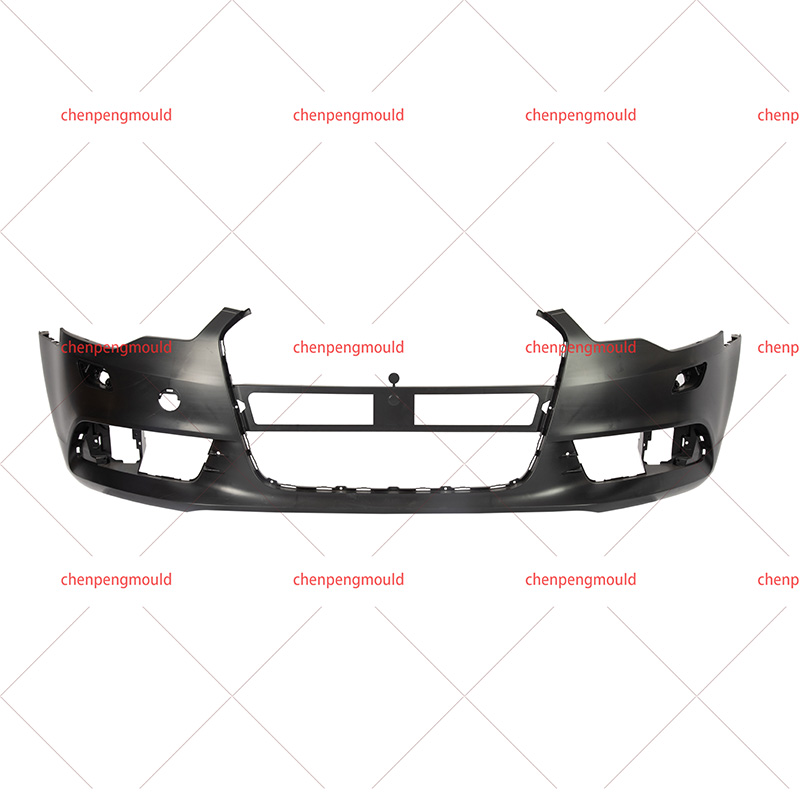In the intricate realm of automotive manufacturing, the role of injection molds is paramount in shaping the components that define a vehicle's performance, safety, and aesthetic appeal. Auto Injection Molds, specifically tailored for crafting various car parts, come in diverse types, each meticulously designed to meet the unique demands of modern automotive engineering.
1. Compression Molds for Interior Components:
Compression molds find their niche in crafting interior components such as dashboards, door panels, and trim elements. These molds are designed to withstand high pressures, creating precise and intricate details on surfaces. With the ability to handle a variety of materials, compression molds contribute to the production of visually appealing and durable interior components.
2. Injection Molds for Engine Components:
The engine, the powerhouse of any vehicle, demands precision and durability in its components. Injection molds designed for engine parts, including intake manifolds, valve covers, and engine mounts, ensure dimensional accuracy and material integrity. These molds are engineered to withstand the challenging conditions within the engine compartment, contributing to the reliability and performance of the vehicle.
3. Blow Molds for Automotive Fluid Containers:
Blow molds play a crucial role in crafting automotive fluid containers such as fuel tanks and washer fluid reservoirs. These molds utilize a unique process of inflating a heated plastic parison within the mold cavity. The result is seamless and durable containers that meet stringent safety and performance standards, essential for storing automotive fluids.
4. Thermoset Molds for Electrical Components:
Electrical components in modern vehicles demand specialized molding techniques. Thermoset molds come into play for crafting electrical parts like connectors, switches, and sensor housings. The thermosetting resin used in these molds ensures enhanced heat resistance and dimensional stability, crucial for the reliability of electronic systems in automobiles.
5. Overmolding for Soft-Touch Surfaces:
Achieving a luxurious and ergonomic feel in car interiors involves the use of overmolding techniques. Auto Injection Molds employing overmolding are utilized for producing soft-touch surfaces on steering wheels, gear shift knobs, and armrests. This technique combines rigid and soft materials, providing a tactile and visually pleasing experience for occupants.
6. Gas-Assist Molds for Structural Components:
Structural components, such as pillars and body panels, require a balance of strength and weight reduction. Gas-assist molds inject nitrogen into the mold cavity, creating hollow sections within the part. This innovative approach enhances structural integrity while minimizing material usage, contributing to lightweight yet robust automotive structures.
7. Multi-Cavity Molds for Efficiency:
In the pursuit of efficiency and mass production, multi-cavity molds come to the forefront. These molds enable the simultaneous production of multiple identical parts in a single injection cycle. Commonly employed in the manufacturing of small, intricate components, multi-cavity molds contribute to streamlined production processes and cost-effectiveness.
8. Rotational Molds for Large Components:
Large and complex automotive components, such as bumpers and fenders, benefit from rotational molds. This type of mold involves rotating the mold cavity during the injection process, ensuring even material distribution and minimizing the risk of defects. Rotational molds are instrumental in crafting sizable parts with consistent quality.
9. Hot Runner Molds for Precision:
Precision and efficiency are the hallmarks of hot runner molds. These molds maintain a controlled temperature in the runner system, preventing material from solidifying prematurely. Widely used in producing intricate and high-precision components, hot runner molds contribute to reducing waste and optimizing material usage.
Auto Injection Molds, in their various types, stand as the unsung heroes in automotive manufacturing. From interior elegance to structural resilience, these molds shape the components that define modern vehicles. As technology and design standards progress, the continuous innovation in Auto Injection Molds remains pivotal, steering the automotive industry towards a future of precision and excellence.




 +86-18357617666
+86-18357617666








